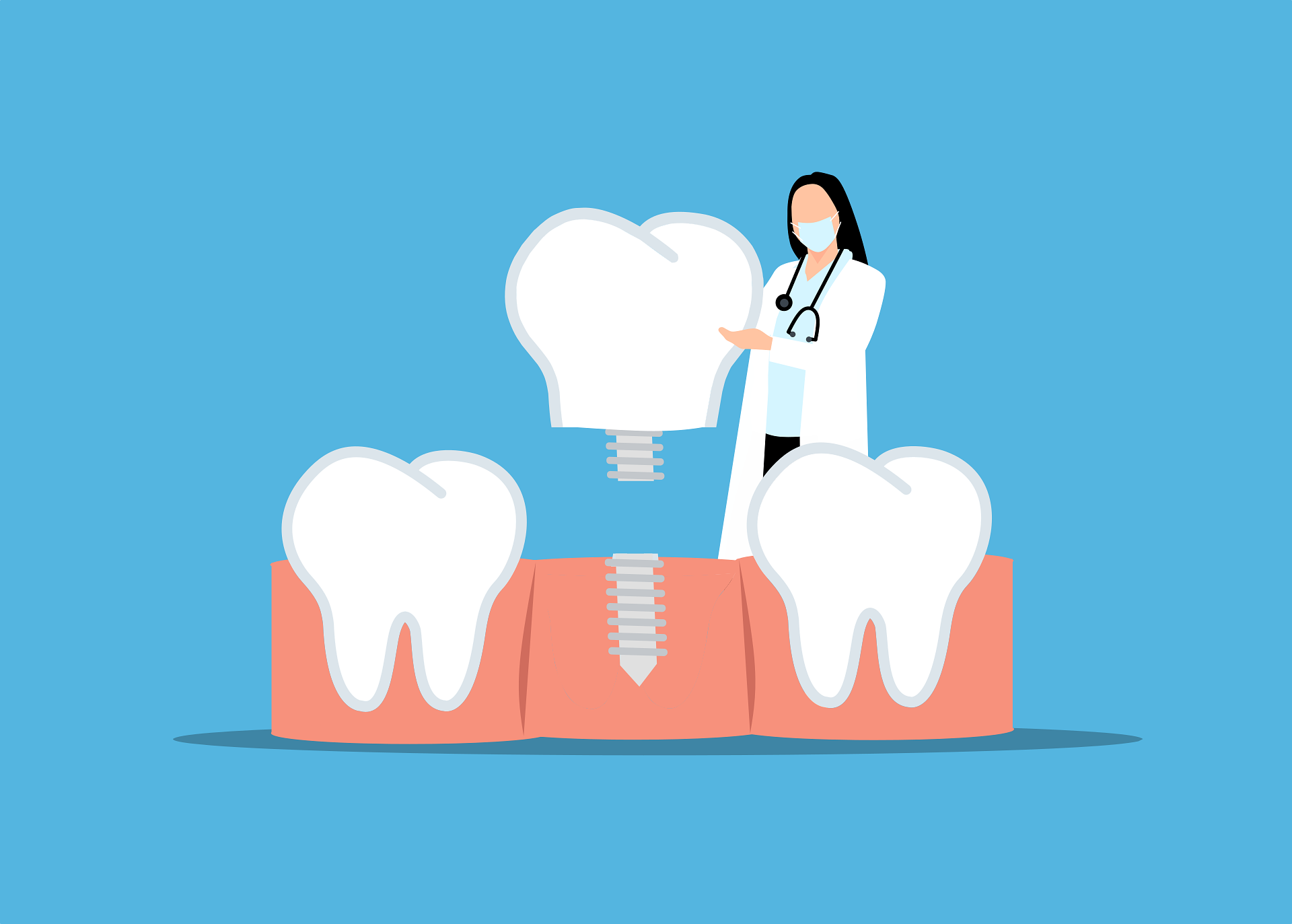Discover the Future of Dental Implants: Screwless Solutions for a New Era
Dental implant technology has evolved significantly in recent years, particularly benefiting seniors seeking tooth replacement options. Among the most innovative developments are screwless dental implants, which offer a less invasive alternative to traditional methods. These revolutionary solutions are changing how dental professionals approach tooth restoration, providing seniors with more comfortable, efficient, and potentially longer-lasting options for maintaining their oral health and quality of life.

What Are Screwless Dental Implants?
Screwless dental implants refer to restoration approaches that avoid using a fixation screw to secure the final crown or, in some systems, the abutment itself. Instead, these solutions use precise friction-fit designs or taper-lock mechanisms to hold components together. Two common approaches are locking-taper (also called Morse taper) connections, which rely on a tight conical fit between implant and abutment, and conometric retention, where the crown attaches to a specially designed abutment without a visible screw or cement. For seniors, the appeal is straightforward: fewer parts that can loosen, fewer access holes in crowns, and potentially simpler maintenance over time.
Why Are Screwless Implants Becoming a Popular Choice?
Screw loosening and access-hole wear are known sources of maintenance for traditional screw-retained crowns. Screwless systems attempt to minimize those issues by removing the screw from the restorative equation, which may reduce the need for periodic retightening. The absence of an occlusal access hole can also improve crown esthetics and reduce places where plaque can accumulate, potentially supporting easier hygiene.
For older adults, treatment plans often need to account for bone quality, systemic health, and medication profiles. Some screwless systems, such as locking-taper designs used with short implants, can be paired with protocols that may limit the need for bone grafting, depending on anatomy. Additionally, crowns retained without cement can avoid residual cement—a known risk for peri-implant inflammation—while still allowing retrievability with the correct clinical tools. That said, retrievability and component availability vary by system, so it is important to confirm how a given approach will be serviced by local providers.
How Do Screwless Implants Work?
Locking-taper systems rely on a highly accurate conical interface. When the abutment is seated into the implant with controlled force, the micro-wedging creates a stable connection without a screw. Conometric systems place a precision-matched abutment and coping that hold the crown via friction, avoiding both screw channels and traditional cement. In practice, clinicians use specific insertion and removal tools to manage these restorations. For patients, day-to-day care generally mirrors traditional implants—consistent brushing, interdental cleaning, and professional maintenance—while the internal retention mechanism stays hidden beneath the crown.
Comparing Screwless and Traditional Dental Implants
Clinically, both categories can deliver strong outcomes when planned and placed well. Traditional screw-retained crowns are straightforward to retrieve for repairs and adjustments, which many dentists value. Screwless options can simplify crowns by eliminating access holes and screws at the restoration level, and certain designs remove the abutment screw entirely. Potential trade-offs include the need for specialized tools or techniques to retrieve a friction-fit crown and the importance of selecting trained providers familiar with the system you choose. For seniors, priorities like fewer maintenance visits, clear hygiene access, and predictable service availability in your area will help guide selection.
Real‑world pricing varies widely based on region, clinical complexity (e.g., extractions, grafting, sedation), and the specific system used. The estimates below reflect typical, total per‑tooth treatment ranges in the United States for a single implant, abutment, and crown; exact fees depend on local services and individual cases.
| Product/Service Name | Provider | Key Features | Cost Estimation (USD) |
|---|---|---|---|
| Locking Taper Implant (e.g., SHORT) | Bicon Dental Implants | Screwless locking‑taper abutment connection; short‑implant options may reduce grafting in select cases | $4,000–$6,500 per tooth |
| Acuris Conometric Abutment (single‑tooth crown) | Dentsply Sirona | Screwless, cement‑free crown retention at the restoration level; requires compatible implant platform | $4,200–$7,000 per tooth |
| NobelActive with screw‑retained crown | Nobel Biocare | Traditional screw‑retained abutment; widely available components and retrievability | $4,000–$7,500 per tooth |
| Straumann BLX with screw‑retained crown | Straumann | Traditional conical/screw interface; immediate protocols possible in select cases | $4,500–$7,500 per tooth |
Prices, rates, or cost estimates mentioned in this article are based on the latest available information but may change over time. Independent research is advised before making financial decisions.
Practical considerations for seniors
- Medical history and medications: Conditions such as diabetes, osteoporosis management (e.g., bisphosphonates), and anticoagulants require coordination with your medical team to manage surgical risk and healing.
- Bone and anatomy: Short or narrow implants in combination with screwless connections can be considered case by case; 3D imaging helps determine feasibility.
- Hygiene and maintenance: Regardless of connection type, daily cleaning around the implant–gum interface is essential. Ask how your chosen system is maintained and retrieved in-office.
- Access to parts and expertise: Favor systems that are supported by clinicians in your area to ensure timely service, repairs, and replacement components.
What to ask at a consultation
- Which retention method is planned (locking‑taper, conometric, or screw‑retained) and why for my case?
- How will the crown be retrieved if repairs are needed, and what tools are required?
- What maintenance schedule should I expect, and how are complications handled?
- What is the total, itemized estimate including imaging, surgery, abutment, and crown—and how might this change if grafting or additional visits are required?
Conclusion Screwless implant solutions have matured into practical options that can reduce certain maintenance steps and improve crown design while maintaining clinical stability. For older adults weighing comfort, hygiene, and long‑term serviceability, the choice between screwless and traditional systems is best made with a provider who can match the connection style to your anatomy, health profile, and availability of local services.
This article is for informational purposes only and should not be considered medical advice. Please consult a qualified healthcare professional for personalized guidance and treatment.




